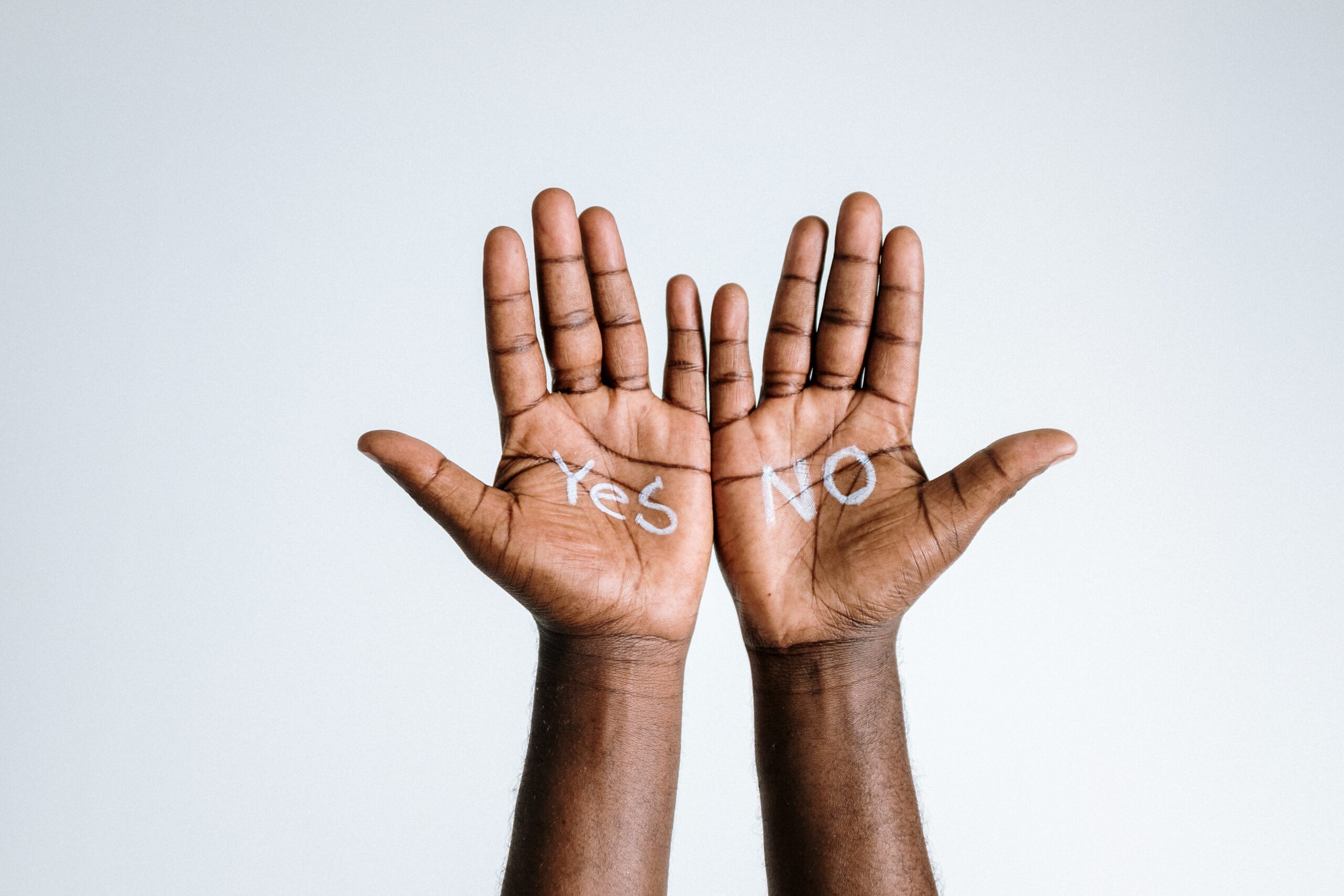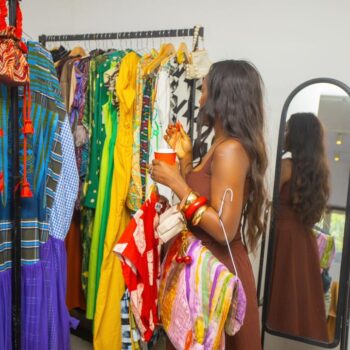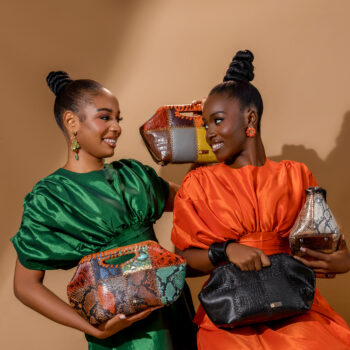Africa’s fashion industry is a dynamic and vibrant landscape reflecting the continent’s rich culture and creativity. In recent years, the rise of indigenous ready-to-wear (RTW) fashion brands has been remarkable, showcasing the immense talent and potential across the continent.
These brands have made significant strides in producing quality fashionable garments, gaining recognition locally and internationally. However, these brands face a dilemma: they are often perceived as too pricey for the local mass market while struggling to differentiate themselves in the global fashion arena. In this article, I will delve into the challenges faced by African RTW fashion brands and share my recommendations to achieve the delicate balance.

The Pricing Predicament
One of the primary challenges African RTW brands face is the perception of being too expensive for the average African consumer. In analyzing their pricing, we must consider several factors:
- Production Costs: High input costs and manual production practices often drive up the cost of locally made garments.
- Imported Competition: Imported fast fashion brands flood the market with low-cost options, making it difficult for local brands to compete on price alone.
- Consumer Expectations: Shoppers expect local mass-market brands to be more affordable than their imported counterparts, creating a pricing dilemma for African RTW brands.
The Global Identity Conundrum
On the global stage, African RTW brands face another hurdle – differentiation. The global fashion industry is highly competitive, with established international brands dominating markets worldwide. African RTW brands struggle on several fronts:
- Narrative Ambiguity: Crafting a compelling brand narrative that communicates values, mission, and authenticity can be elusive, hindering brand recognition and emotional connections.
- Limited Global Exposure: Gaining access to international markets and forming partnerships with global influencers and retailers remains a hurdle for many African RTW brands.
- Competing with Established Sustainable Brands: Gaining recognition for sustainability and ethical practices is tough when competing with well-established global brands known for these attributes.

Finding the Balance
To overcome the pricing and differentiation challenges, African RTW brands require an integrated end-to-end solution. I have thoroughly contemplated a solution, and I believe the most impactful solution would be the establishment of fashion innovation hubs.
Introducing: Fashion Innovation Hubs
Fashion innovation hubs would bring together designers, technology, and education to reshape the African RTW fashion landscape. The Hubs would nurture local talent, promote sustainability, and facilitate local & global competitiveness, positioning African RTW fashion on the world stage. It would drive these outcomes in six ways:
- Resource Sharing: Provide access to shared production facilities, strategy advisory, and sourcing channels, reducing costs and ensuring high quality.
- Collective Branding: Create a strong fashion district identity, promoting African RTW fashion locally and globally.
- Diverse Offerings: Help designers to cater to various markets, from premium to mass-market.
- Global Collaboration: Foster partnerships to drive cross-cultural value creation and exchange.
- Market Access: Facilitate international exposure and connections with global retailers and buyers.
- Government Support: Pursue governmental incentives and reforms to promote the fashion industry.
***
The challenges African RTW fashion brands face are formidable but not insurmountable. Fashion innovation hubs can revitalize the industry, address pricing concerns, and position brands for domestic and global success. By integrating innovative solutions, we can usher in a new era of creativity, sustainability, and prosperity in the African fashion scene.




